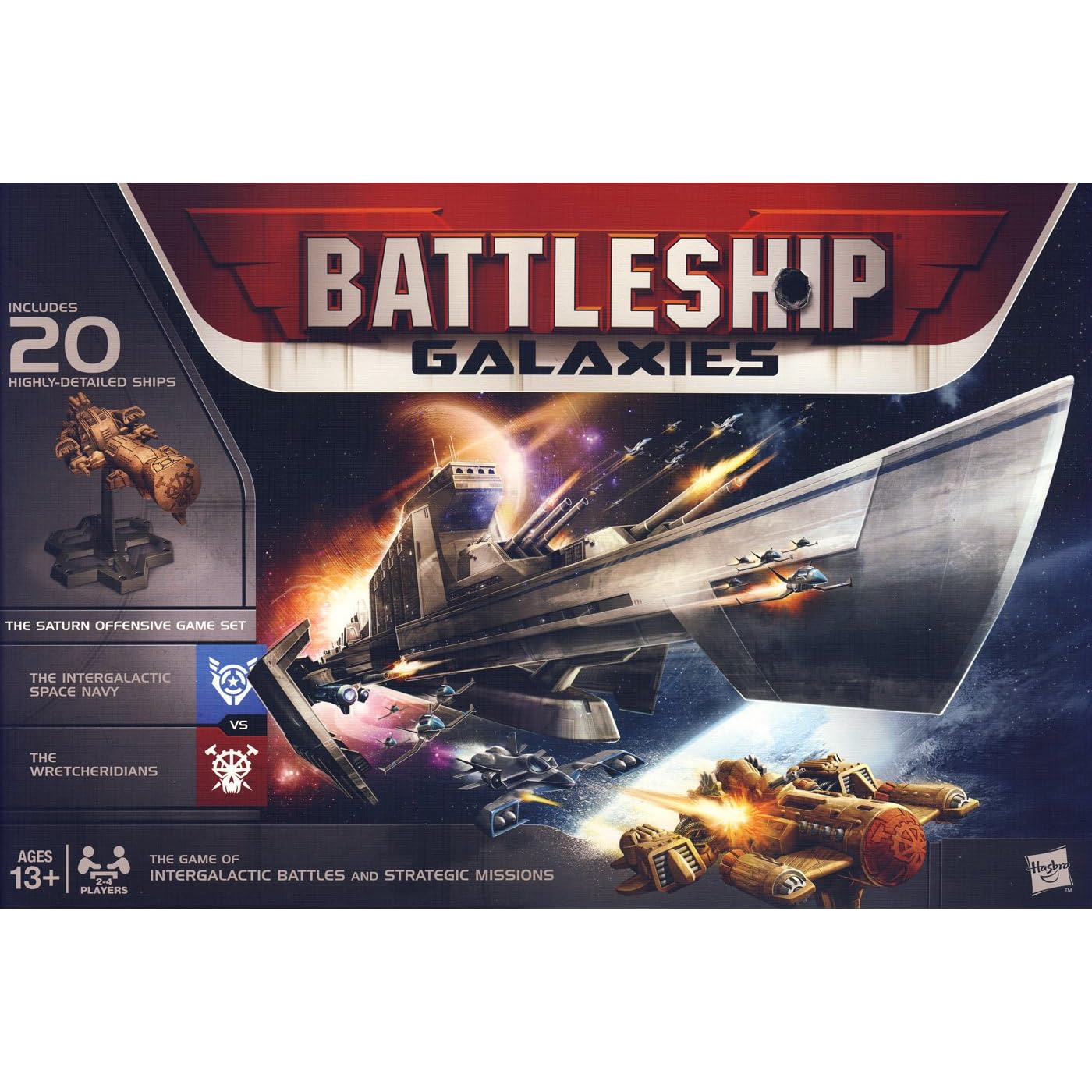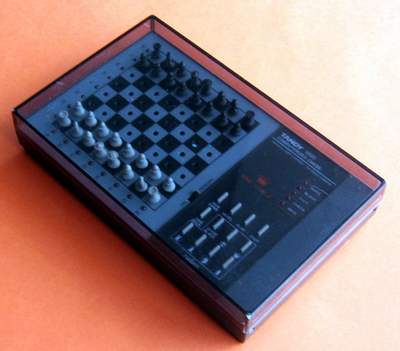Almost. As it turns out, I was hoping our monthly
group would get to play both Fury of
Dracula and Fearsome Floors this
month, but it didn’t work out. We only
managed to get in the former, which is one of my all-time favorites. Rather than give a full review, I am going to
give two mini reviews of these games.
 |
| Image by Brian (ColtsFan76) |
Fury of Dracula’s storyline has its
roots in the original novel. In this
game, Dracula has come back from the grave (again) some years later, seeking
once again to establish his vampire brood.
He also has sought revenge against those who brought him down in the
novel, turning two of them into his minions (Jonathan Harker and Quincey
Morris). The remaining members of that
group have reformed to bring down the Count again: Dr. Van Helsing, Dr. John
Seward, Mina Harker and Lord Godalming (aka Arthur Holmwood). The game sets one player as Dracula, moving
in secret throughout Europe as the four other characters hunt for him, attempting to attack and kill
him. Dracula is more powerful at night
than during the day, loses life when travelling by sea, and card play provides
information to the hunters as well as arming them against Dracula and his accomplices. This game is one of the most thematic games I
own, and like so many other thematic games, the card play adds much to the
theme by interrupting the normal flow of the game. It is worthy to note that all five characters
are in the game regardless of how many players are playing, leaving a good game
for anywhere from two to five players. (This
is accomplished by players playing more than one role if necessary.) It also means that it is a good game for
someone to show up late to, or leave early from, with his or her character is
picked up by another player.
That said,
this is NOT a casual game. In fact, I
believe it is more complex than many of my other games. The hunter roles are somewhat complicated, particularly
with the impact of the cards, but they have each other to rely on. Dracula is on his own, and is doing things in
secret, so the potential is there for a completely screwed up game. As it takes two to three hours to play, this
can lead to a very frustrating evening. This
game is published by Fantasy Flight, and is typical of their style: very high
Awesomeness Factor, but very complex.
(For those of you have been reading along, I
never did paint the figures for this game.
My artistic skills are at the “paint by numbers” level, so I am
incredibly nervous about trying to paint them.)
 |
| Promotional Image from publisher |
I haven’t
played Fearsome Floors at all, but
that’s not going to stop me from reviewing it.
I have read the rules, and I slept at a Holiday Inn Express last
night. In this game, the players have
been imprisoned by an evil lord while trying to rescue a damsel in
distress. Now, they are poised for a
massive breakout, but must avoid the monster that guards the exit. Players have three or four disks each which
represent their characters; the number of disks depends on the number of
players. The movement mechanics are
simple, and the monster moves by its own rules.
As such, kids under ten could definitely play this, although they
probably won’t play well. The art is
cartoon-ish, and isn’t really scary at all. This is a good game for all players. The one warning I have heard repeated is that it can bog down in analysis paralysis, since the monster's
movements can be figured out with enough thought. The key is to play this as a light race
game. This game claims to take an hour to
play, and can handle up to seven players, so it will fit most families and casual groups.
Below will
be links to other reviews on this topic, including these games. Personally, I am pretty selective about
horror themed games, as well as movies, so Fearsome
Floors is probably one of the very few “family horror games” I would
play. Other perspectives would be good.
 |
| The monster can be configured to look like the Frankenstein Monster -- or other horrors! (Image by Jesper Amstrup) |
Okay, now that you have made it this far, I
am going to add a few things about the Dracula and Frankenstein
novels. Dracula is in my top five novels of all time, and Frankenstein is also well
worth reading. They can be downloaded
from Amazon or B&N to an e-reader for free, as they are in the public
domain; they can also be downloaded as PDFs from the Gutenberg Project. Similarly, LibriVox, a public domain audio
book source, also has them. I am
currently listening to their dramatized version of Dracula as I drive around town, and it is
excellent. Do yourself a favor and read
at least Dracula if not both novels.
Links:























